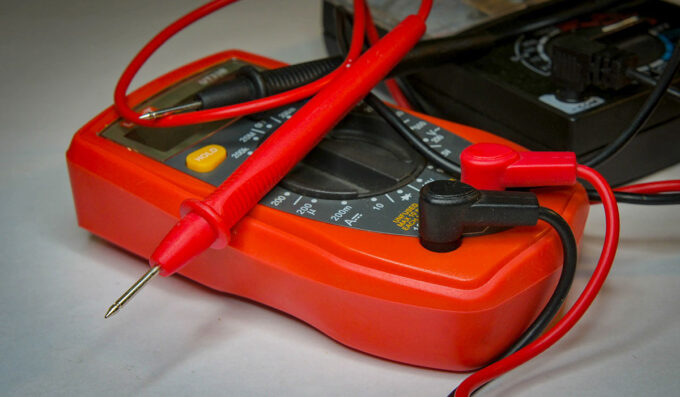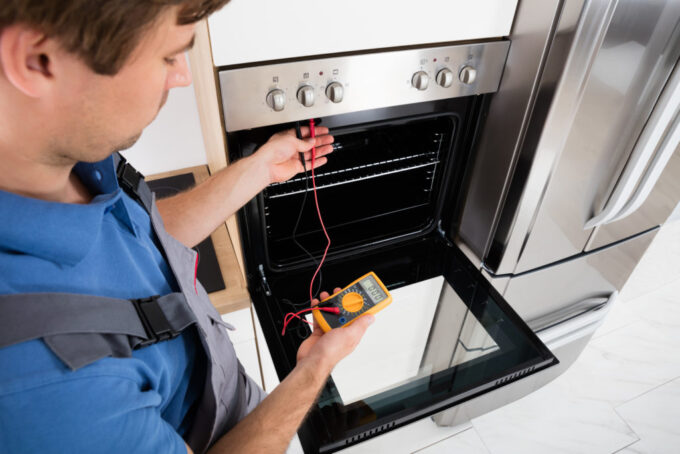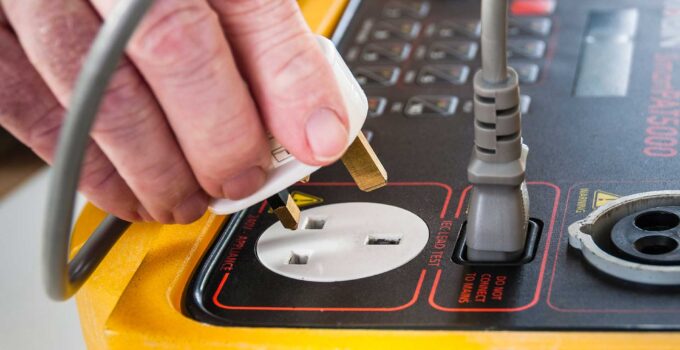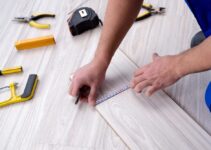The process of PAT testing is well-versed with people who are trained to carry out the process. But, if you want to conduct it without any professional help, there are many things that you should know. The process elaborates on Portable Appliance Testing and is related to examining any portable electrical equipment. Also, it refers to appliance testing. The whole idea of the testing process is to ensure that the appliances and equipment at the workplace are safe for elaborate use and also compliments the working environment.
If only a professional can help, you can find here a reliable source for initiating the PAT testing process. However, if you are taking things into your hand, let’s unveil the things that you should know:
1. Identify The Need Of A Test

Source: cresswellservices.co.uk
The first thing is that you should know the way of identifying the need for a test. There is no specific business that needs to undergo this test. All companies using portable electrical equipment must take this test on their assets. All trades, like office-based ones, followed by others like homeowners, hotel and restaurant owners, and many parties need to take the test. Also, suppose you are running a healthcare facility or are a part of the construction or manufacturing industry. In that case, different owners have similar equipment at their place of functioning and should take the test.
2. The Place Of Conducting The Test
There are different places for conducting the PAT test. You can complete it at your business premises or even move to any other location. Many people want to do it in their comfort zone and think of considering their home for the same. You should know that you can consider doing the test at your home. It is easy if you have the right equipment and carefully carry out the steps without committing common mistakes.
3. Legality Of The Test

Source: lemlecelectrical.co.uk
The procrastinator in you will make you rethink your decision of doing the test or delaying the day of the test to a future possibility. Also, you might have thoughts in your head related to the legality of the test. If you plan to do it for the first time, you should know it is a legal requirement.
As per the law, if there is any electrical equipment at the workplace, it needs to be maintained, and also, it is the employer’s duty to ensure that it is safe and does not pose any danger to anyone on the premises. Hence, it would help if you abode by the law to avoid any issues in the future. However, you can lay the equipment’s specifications or maintenance as there is no hard and fast rule related to the same. Also, you can decide the ways of care based on your need and understanding.
4. PAT Test Steps
Also, if you are conducting the PAT tests by yourself, there are some steps that you should consider doing. If you miss any of it, the test won’t be complete, and the results won’t be reliable. The primary step is to go for user checks. The second step is related to a manual visual inspection before using the tester. Further, the final stage of the process includes using the portable appliance tester so that the test can deliver accurate results.
When the user checks the appliance, the person should feel comfortable and confident with what it looks like on the outside. Also, when a visual test is carried out, you can spot issues, and there is a high chance that many issues will be sorted there and then.
However, when you are doing the test yourself, you should know some do’s and don’ts. The most important of them is that the equipment should be turned off during the initial steps of the overall process. Also, unplugging should be done when you are carrying out the visual inspection. The pointers for the checklist that should be unplugged before the visual test are as follows:
- The plug of the electrical appliance.
- The cables are attached to the device.
- The main instrument that needs to be checked.
- The central socket and RCD.
- The environmental check.
5. Having The Right Portable Electrical Equipment

Source: glotechrepairs.co.uk
The final step of the testing process includes using the testing equipment. It is mandatory to use the right equipment. Let’s understand more about it.
Portable electrical equipment refers to movable items connected and disconnected from their contact with an electrical supply. The small equipment includes lamps, fans, printers, hair dryers, extension leads, and others like multi-way adaptors, connector leads, and mobile phone charging equipment.
However, the large equipment includes water coolers, vending machines, photocopiers, and others like washing machines and cookers. The portable electrical equipment will either be from Class I or Class II. It depends on the type of protection they offer through their use to the user. However, it does not matter during the testing purpose. It is because the equipment belonging to any of the classes is required to undergo the PAT tests. It is essential to ensure the safety of people at the workplace, which can be ensured with the help of such tests.
6. Period Of Conducting The Test
There is no hard and fast rule related to the same. It comes down to the duty holder who is responsible for assessing the risk level associated with the electrical equipment. Also, the duty holder has to look at the frequency of the inspections. It is usually determined by the type of equipment followed by other factors like its use and the working environment where it is placed. You will notice that the risks are either high or low.
For example, the equipment at a construction site will need more frequent and rigorous inspections than any home product.
Conclusion
PAT testing is a simple process and can be done by anyone. All you need to do is cater to some guidelines and take advantage of the things that are supposed to be done. However, it is better to call a professional if you need clarification. It is better to seek help rather than rely on erroneous results.







